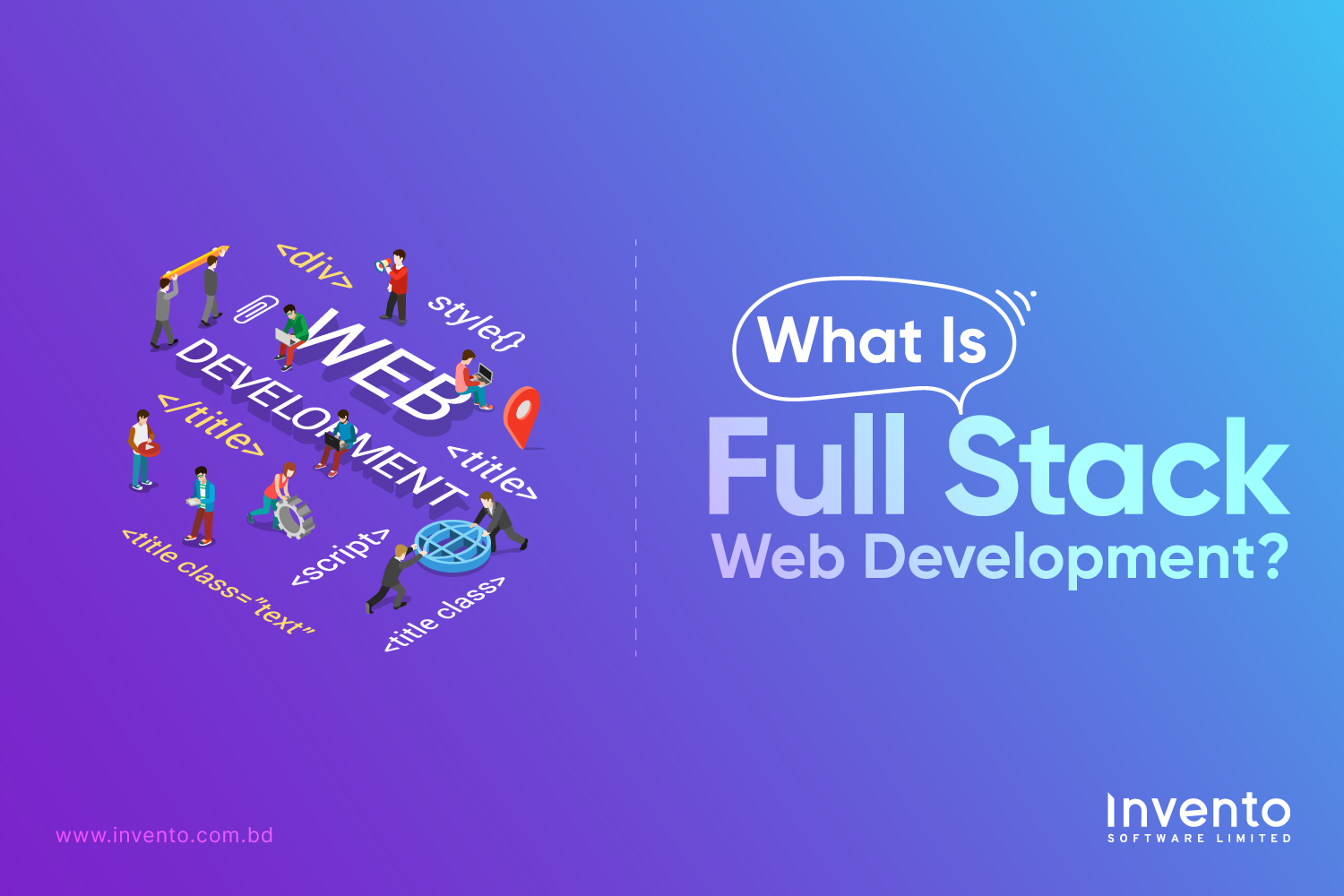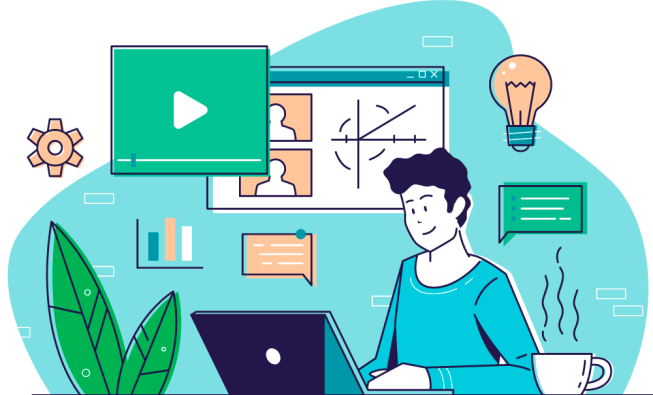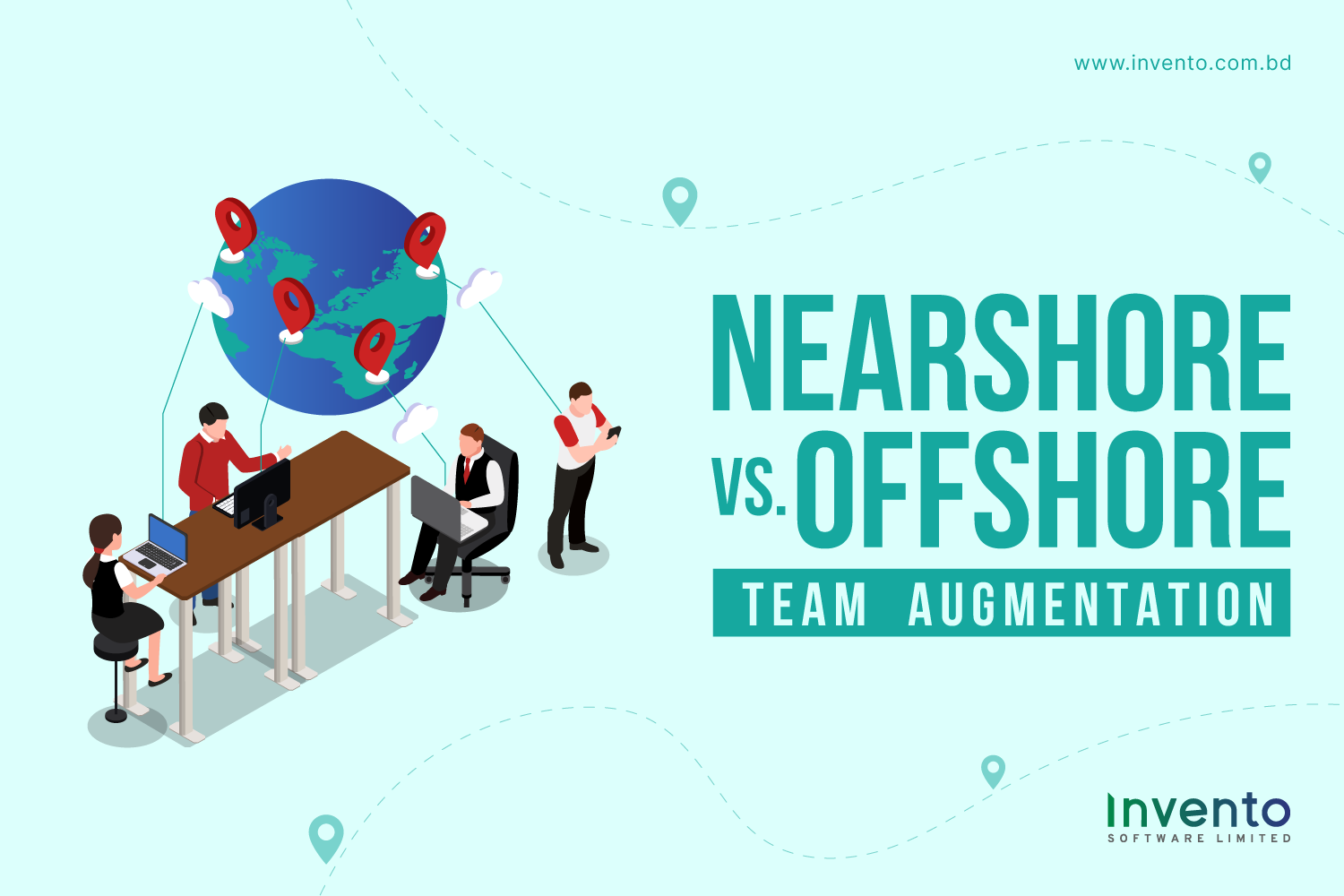Websites and web applications are at the heart of almost every business and service. From online shopping and food delivery to streaming platforms and learning portals, everything runs on web technology. Behind these systems are professionals who make sure everything works perfectly, looks good, and stays fast. These are the full-stack developers. They are the multi-skilled experts who can manage both the visible part of a website and everything that runs behind the scenes.
This article will help you understand what full-stack web development is, why it matters, what skills are needed, and how you can start a career in this exciting field.
What is Full Stack Web Development?
Full-stack web development simply means developing both the front end and the back end of a web application. The front end is what users see and interact with, while the back end handles logic, databases, and data processing. A full-stack developer understands both sides and can build a complete web application from start to finish.
Think of it like building a restaurant. The front end is the dining area beautiful, user-friendly, and welcoming. The back end is the kitchen, where the real work happens behind the scenes. A full stack developer can manage both.
The Meaning of “Stack”
The word “stack” refers to the combination of technologies used to build a website or app. Each project uses several layers that work together to make the whole system functional. These layers usually include the user interface, server logic, and databases. When someone knows how to handle all these layers, they are called a full stack developer.
Understanding the Front End
The front end, also known as the client side, is the part of a website that people actually see on their screens. It’s about colors, layouts, buttons, forms, and animations. A front-end developer focuses on how everything looks and feels to the user.
Three main technologies drive front-end development: HTML, CSS, and JavaScript. HTML gives structure to the content, CSS makes it look attractive, and JavaScript makes it interactive. Over the years, libraries and frameworks like React, Angular, and Vue.js have become popular for creating complex and dynamic interfaces more easily.
A good front-end developer ensures that the design works on all devices desktop, tablet, and mobile and that the user’s experience is smooth and intuitive.
What’s the Back End then?
The back end, or server side, is what users don’t see. It’s where data is stored, processed, and delivered. When you log into a website or submit a form, it’s the back end that handles your request, checks information in the database, and sends the right response.
Back-end developers work with programming languages such as Node.js, Python (Django or Flask), PHP (Laravel), Java (Spring Boot), or Ruby on Rails. These languages handle server logic, connect to databases, and ensure everything runs efficiently.
The goal of the back end is to make sure the website performs well, handles large amounts of data smoothly, and remains secure from cyber threats.
Why Databases Are Important?
Every web application needs a place to store information. That’s where databases come in. Databases store data such as user details, product information, messages, and transactions. There are two main types: relational databases, which organize data in tables (like MySQL or PostgreSQL), and non-relational databases, which store data in flexible formats (like MongoDB or Firebase).
A full stack developer should know how to design databases, write queries, and connect them with the application. Without a good database design, even the most beautiful front end won’t function properly.
APIs: Connecting Everything Together
APIs, short for Application Programming Interfaces, act as bridges that connect the front end and the back end. They allow data to flow between the user interface and the server. For example, when you check the weather on a mobile app, it’s an API that sends your request to a server and brings back weather information.
A full stack developer often builds their own APIs or integrates third-party APIs such as payment gateways, Google Maps, or social logins. Mastering APIs is essential because it’s how most modern web applications communicate and share data.
From Development to Deployment
Once a web application is developed, it needs to go live so that users can access it. This stage is called deployment. Developers use platforms like AWS, Azure, Google Cloud, or Vercel to host and manage their applications.
A professional full stack developer also works with tools like Git for version control, Docker for containerization, and CI/CD pipelines for automated deployment. These practices, often called DevOps, help deliver updates faster and ensure that applications run reliably.
Popular Full Stack Combinations
Over time, developers have created certain “stacks” of technologies that work well together. Each stack provides a balanced set of tools for building complete applications.
One of the most popular is the MERN stack, which includes MongoDB, Express.js, React, and Node.js. It’s fully JavaScript-based, meaning developers can use a single language across the entire project. Another common stack is the MEAN stack, which replaces React with Angular.
For developers who prefer Python, the Django stack is a great option because Django provides speed, security, and simplicity. There’s also the classic LAMP stack, which uses Linux, Apache, MySQL, and PHP a proven choice for many traditional web applications.
Choosing the right stack depends on the project’s goals, performance needs, and developer comfort.
Skills Every Full Stack Developer Needs
Being a full stack developer means being versatile. You don’t have to be the best at everything, but you should understand how each part fits together.
A solid foundation in HTML, CSS, and JavaScript is essential. Then, you’ll need to learn at least one back-end language like Python, Node.js, PHP, or Java. You should also understand how databases work, how to build and test APIs, and how to deploy applications to servers.
Beyond technical skills, soft skills matter too. Good communication helps you collaborate with designers, project managers, and clients. Problem-solving ability helps you debug complex issues. Curiosity keeps you learning as technologies evolve. These qualities turn a good developer into a great one.
The Workflow of a Full Stack Project
When a new project begins, a full stack developer often participates from the very first stage. It starts with understanding the client’s needs and planning how the system should work. Once the requirements are clear, the developer creates wireframes or prototypes to visualize the design.
After that, the front-end development begins, focusing on how users will interact with the site. Then the back end is built to handle logic, data, and connections. When both sides are ready, they are integrated and tested together.
Testing ensures that everything functions smoothly, from clicking a button to processing a payment. Finally, the site is deployed to a live server. But even after launch, a full stack developer’s job isn’t done; maintenance, updates, and improvements continue over time.
Why Full Stack Developers Are in High Demand
Full stack developers are valuable because they understand the complete picture. Companies, especially startups, prefer hiring someone who can manage multiple parts of a project. This saves time and cost while ensuring better coordination.
Their ability to switch between front-end and back-end tasks makes them adaptable and resourceful. Because they can handle more responsibilities, their salaries are often higher than those of developers who focus on a single area. Moreover, full stack development gives professionals more creative freedom. They can take an idea from concept to completion and see their work come to life.
The Challenges of Being a Full Stack Developer
While the rewards are great, full stack development can also be demanding. Technology evolves quickly, and developers must constantly learn new frameworks, languages, and tools. Managing both sides of a project can be overwhelming, especially under tight deadlines.
Another challenge is maintaining balance between design and functionality. Sometimes, focusing too much on one side can cause problems on the other. Performance optimization and security are also ongoing concerns. However, with experience and good planning, these challenges can be managed effectively.
Useful Tools for Full Stack Development
A developer’s toolkit can make a huge difference in productivity. Tools like Visual Studio Code or JetBrains WebStorm are popular code editors that make writing and managing code easier. Postman helps test APIs efficiently. Git and GitHub are essential for tracking changes and collaborating with others.
For design collaboration, tools like Figma or Adobe XD allow developers to align with designers visually. Learning to use these tools well can speed up development and reduce mistakes.
The Future of Full Stack Web Development
The future of full stack development looks bright. As digital transformation grows across industries, the demand for developers who can handle multiple technologies is rising. New trends are also shaping the future of the web.
Artificial intelligence and automation are now entering the development process, helping with code generation and optimization. Serverless architectures, where developers focus on code while cloud providers manage servers, are becoming more popular. The rise of Progressive Web Apps (PWAs) and WebAssembly is making web experiences faster and more app-like.
As these trends evolve, full stack developers who keep learning will continue to stay ahead.
How to Become a Full Stack Developer
Starting a career in full stack development doesn’t require a computer science degree. What you need most is patience, curiosity, and consistent practice. Begin with learning the basics of HTML, CSS, and JavaScript. Once you are comfortable, pick a front-end framework like React or Angular.
Next, move on to a back-end language such as Node.js or Python. Learn how to connect your back end with a database like MySQL or MongoDB. Build small projects—a to-do list app, a blog, or a simple e-commerce site. Each project will teach you how all the parts fit together.
After that, practice using Git for version control and deploy your projects using hosting platforms. You can showcase your work in a portfolio website to attract employers or clients. Remember, the goal isn’t to master everything at once but to grow step by step.
Final Thoughts
Full stack web development is one of the most versatile and rewarding fields in the technology world. It combines creativity with logic and allows you to bring complete ideas to life from the first design sketch to the final live application.
As a full stack developer, you don’t just build websites; you build experiences that connect people, simplify lives, and help businesses grow. The journey can be challenging, but it’s also deeply fulfilling. Every new technology you learn and every project you finish makes you more confident and capable.
At Invento Software Limited, we believe in creating human-centered digital experiences powered by technology and empathy. Full stack development plays a major role in this mission, allowing us to design and deliver complete solutions for our clients.
If you’re thinking about starting a career in full stack web development, now is the perfect time. The world of technology never stops growing, and the opportunities are endless. Begin learning, keep experimenting, and remember—every expert was once a beginner.







